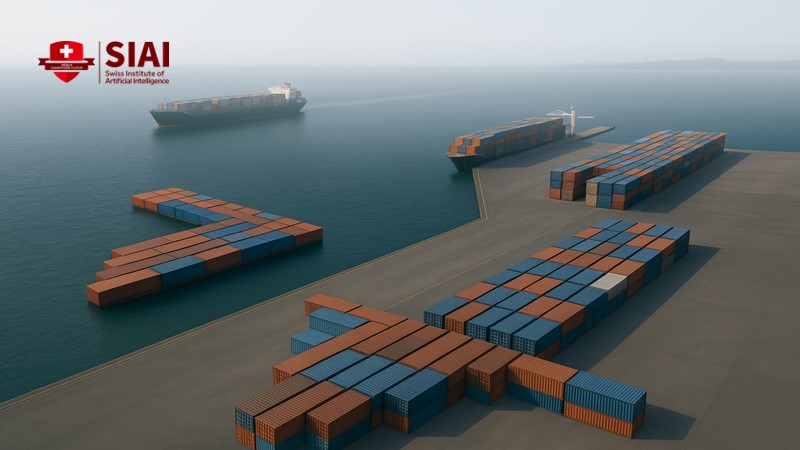Financial

US interest costs are soaring and debt is mounting This US federal debt crisis squeezes education and future investment The article urges early fiscal reform that shields human capital In fiscal year 2025, the United States is set to
Read More
The article expands actuarial neutrality from pensions to the whole public budget It shows how early retirement weakens tax revenues, pension capital, and debt sustainability It urges linking retirement-age rules to public-finance neutrality while protecting vulnerable workers
Read More

Rearmament budgets and backlogs—not civilian optionality—drove the valuation surge Dual-use R&D earns its premium by de-risking delivery and scaling deployable systems Policy should fund deployability, embed compliance, and protect targeted spillovers
Read More
CBDC privacy decides whether people will use digital cash Most countries want CBDCs for sovereignty; the U.S.
Read More
Europe may move to 5% defence Use EU bonds, cut weak subsidies, and buy jointly Ring-fence education and expand skills Europe is being asked to plan defence spending at 5% of GDP.
Read More
SEC–CFTC harmonization now; no immediate merger Use a risk-tiered model while stablecoin rules cover payment risks Merge only if regulated payment stablecoins dominate activity and definitions converge In June 2025, sta
Read More
Markets provide the fastest, most reliable signal of expected inflation Pairing market prices with news-based textual indicators improves shock classification and timing Education systems should anchor wages and procurement to this dashboard with simple, rules-based triggers
Read More

Supply shock inflation comes from real shortages that rates cannot fix Central banks can limit spillovers, but fiscal and structural tools must absorb the shock Inflation control is a shared task. When European gas pric
Read More

FTAs expand exports without hollowing local markets Regional deals boost affiliate-to-third-country sales while domestic supply shifts to higher-value stages Policy should anchor high-skill functions at home and train compliance and data roles to use FTAs well
Read More
Sanctions pushed Russian energy to Asia, forming a petroyuan-leaning nexus Yuan and dirham settlement grew in this corridor, but the dollar remains dominant Policy should shrink discount arbitrage, target shipping/finance nodes, and steady dollar finance
Read More
Rising interest bills make public spending efficiency the growth strategy Prioritize smarter procurement, disciplined investment, and service productivity over sector wish lists Measure, review, and reallocate to what works to free fiscal space
Read More
High housing costs lock households into hand-to-mouth budgets and suppress saving Targeted housing support and expanded affordable supply free cash for productive spending and learning Prioritize urban renters, index aid to rents, and track overburden rates monthly
Read More
Digital services trade is booming, shrinking global gaps but widening domestic ones Remote work and uneven AI adoption heighten wage pressure and regional divides Adopt a compact: wage insurance, sectoral training, portable benefits, and remote-first, AI-literate education
Read More
Informality and “tax exodus” rise when governments hike taxes in downturns UK and France show wealth flight Predictable, narrow rules keep money formal One key fact should guide every budget meeting this winter.
Read More
European debt guilt is deep-rooted and won’t be reversed by information campaigns Rising interest costs, defence needs, and ageing populations are crowding out core services Be honest: set real plans and rank priorities As we
Read More












